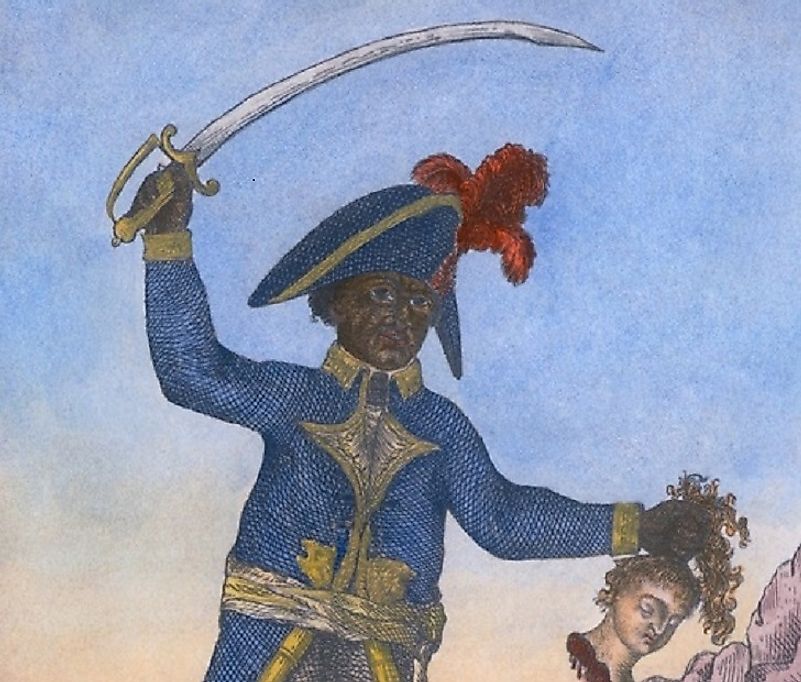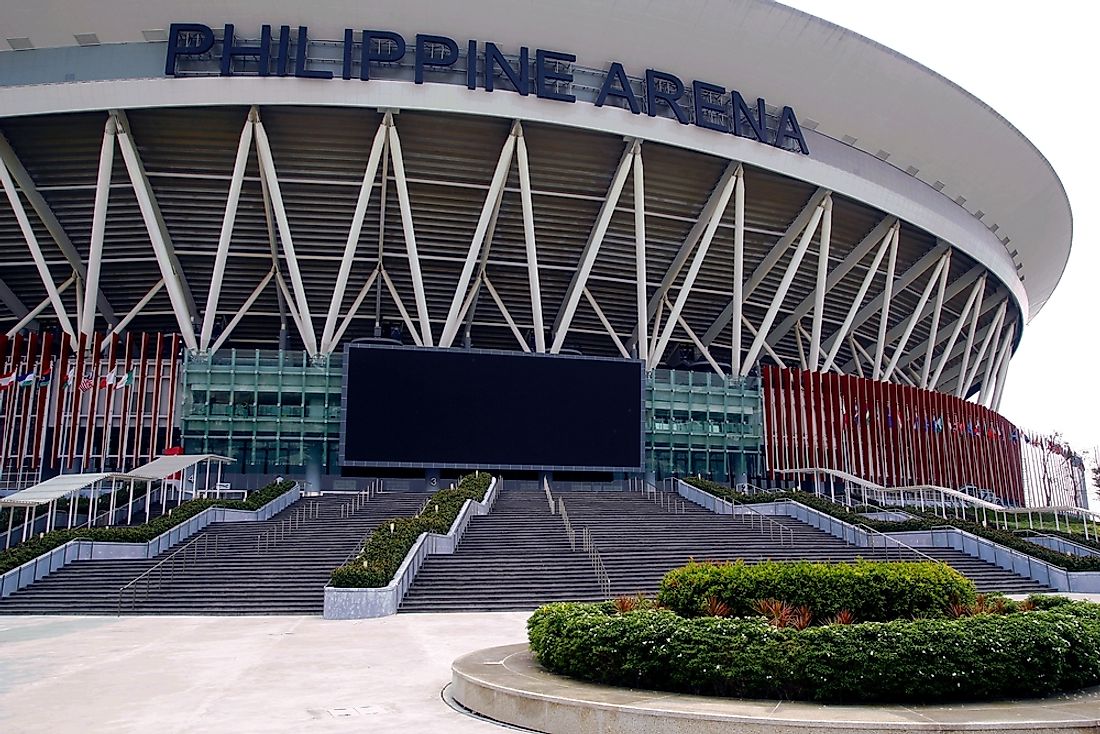Jean-Jacques Dessalines of Haiti - World Leaders in History

5. Early Life
Jean-Jacques Dessalines was born as Jean-Jacques Duclos on September 20th, 1758, in Guinea. From there, he was transported to the French colony of Saint-Domingue (now Haiti and enslaved on a plantation there. As a slave, Duclos worked in the sugarcane fields, first as a laborer before later being promoted to act as a commander. At around 30, he was sold to a free black man whose last name was Dessalines, and he changed his last name to that himself. His master was cruel and harsh. Jean-Jacques worked three years for him, until the slave uprising broke out in 1801 in Saint-Domingue. Dessalines then escaped the plantation and joined the rebels.
4. Rise to Power
Although Dessalines was illiterate, he was a fast learner, and he became the lieutenant for rebel leader, L'Ouverture, soon thereafter. The rebels were not only against the French, but also the Spanish and British in the area. Dessalines was known for his fierceness in battles, and the rebels' struggle brought the end of slavey in France and all French colonies in 1793, and after that they fought against the Spanish and British. Over the next decade, Dessalines helped achieve many military successes, and the rebels captured the eastern half of the island from the Spanish. Dessalines rose to the rank of Brigadier General along the way. In the following years, Dessalines and L'Ouverture together forced all colonial powers to leave the island. In 1804, Dessalines declared the independence of Haiti, and declared himself as "Emperor".
3. Contributions
After becoming the emperor of the first black independent nation in the world, Dessalines took a series of drastic measures to secure the country's independence. He installed policies to improve Haiti's economy. He also enforced a system of forced labor, and issued control of foreign trade, wherein he preferred to trade with the U.S. and Great Britain over France. He also issued aggressive manners to replace previous white rule with rule by those of African descent. He placed well-educated Haitians, mostly fair-skinned mulattos, into key positions in his government, which was not always accepted by his people.
2. Challenges
Dessalines's drastic measures to take power from the whites, and his ambiguous reliance on fair-skinned Haitians, were both met with resistance. First, he eliminated rule of the whites by confiscating their land and making it illegal for them to own property. He also carried out a systematic killings of white people on the island. This genocide, known as the "1804 Haiti Massacre", resulted in the deaths of between 3,000 and 5,000 people. His economic reforms were also unpopular among all of his peoples, and his disproportional nominations of fair-skinned elites over darker colored individuals also evoked rage from many African-Haitians.
1. Death and Legacy
The disaffected members of Haitian leadership organized to overthrow Dessalines. He was assassinated at Pont-Larnage, on October 17th, 1806, while on his way to flee from the rebels. There were disputes about how he actually died, but it is almost certain that he was killed by the rebels. Dessalines was portrayed and resented for generations for his autocratic and despotic rule, though later on, with the rise of modern nationalism and movements that sought national-determination in Africa, Dessalines was reevaluated. He increasingly came to be seen as a Haitian and African nationalist hero, who expelled the colonial rulers and gained independence for his country. The current Haitian national anthem, La Dessalinienne, was named in his honor.











